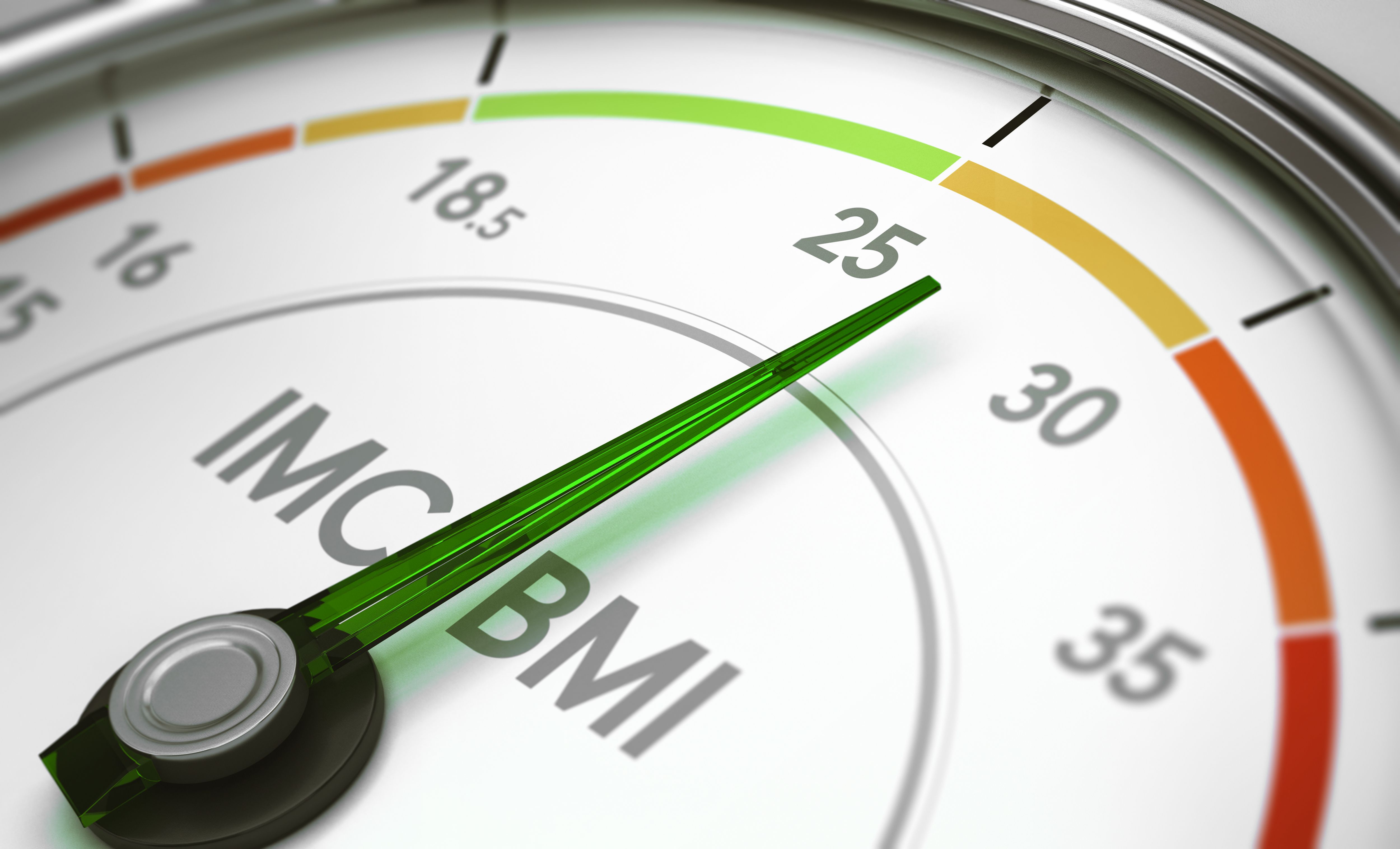Article
Unfavorable Outcomes for Dialysis Patients Reaching the Part D Coverage Gap
Author(s):
Medicare beneficiaries undergoing dialysis who reach the Part D coverage gap have increased out-of-pocket spending, increased medical service utilization and costs, and increased mortality, according to a new study.
Medicare beneficiaries undergoing dialysis who reach the Part D coverage gap have unfavorable clinical and economic outcomes, according to a study published in the Journal of Managed Care & Specialty Pharmacy.
Researchers analyzed data from the United States Renal Data System for Medicare-eligible patients receiving dialysis in order to determine the relationship between the Part D prescription drug cost-sharing structure and health and economic outcomes. They found that reaching the Part D coverage gap increased out-of-pocket spending, increased medical service utilization and costs, and increased mortality.
“In Medicare populations, the coverage gap has been associated with reduced medication adherence, likely because beneficiaries adopt cost-lowering strategies when entering the coverage gap,” the authors wrote.
In particular, beneficiaries with end-stage renal disease (ESRD) are at risk of facing high out-of-pocket costs and 60% of Part D enrollees on dialysis who did not receive a low-income subsidy reached the coverage gap in 2007, according to a previous study.
The investigators categorized patients into 4 different cohorts:
- Cohort 1: non—low-income subsidy patients who did not reach the coverage gap and paid less than $799 in out-of-pocket costs
- Cohort 2: non—low-income subsidy patients who reached the coverage gap and paid more than $799 but less than $3850 in out-of-pocket costs
- Cohort 3: non—low-income subsidy patients who reached the coverage gap and paid $3850 or more in out-of-pocket costs
- Cohort 4: low-income subsidy patients who did not reach the coverage gap
Patients in the 3 cohorts without a low-income subsidy (main cohorts) were older and more likely to be white. Patients in these main cohorts compared to the low-income subsidy cohort had higher rates of hospitalization, outpatient visits, and longer days in hospital.
Although there were no significant differences in total medical costs for patients in the 4 cohorts, patients in Cohorts 1, 2, and 3 had significantly higher hospitalization costs compared with Cohort 4. Additionally, Cohorts 1, 2, and 3 had a 15%, 19%, and 33% increased risk of all-cause death, respectively, compared with patients in Cohort 4.
“These findings raise concern that the lack of drug coverage could lead to adverse health consequence for financially vulnerable persons,” the authors concluded. “Providing adequate coverage for critical medications could reduce unintended consequences in Medicare beneficiaries on dialysis.”





